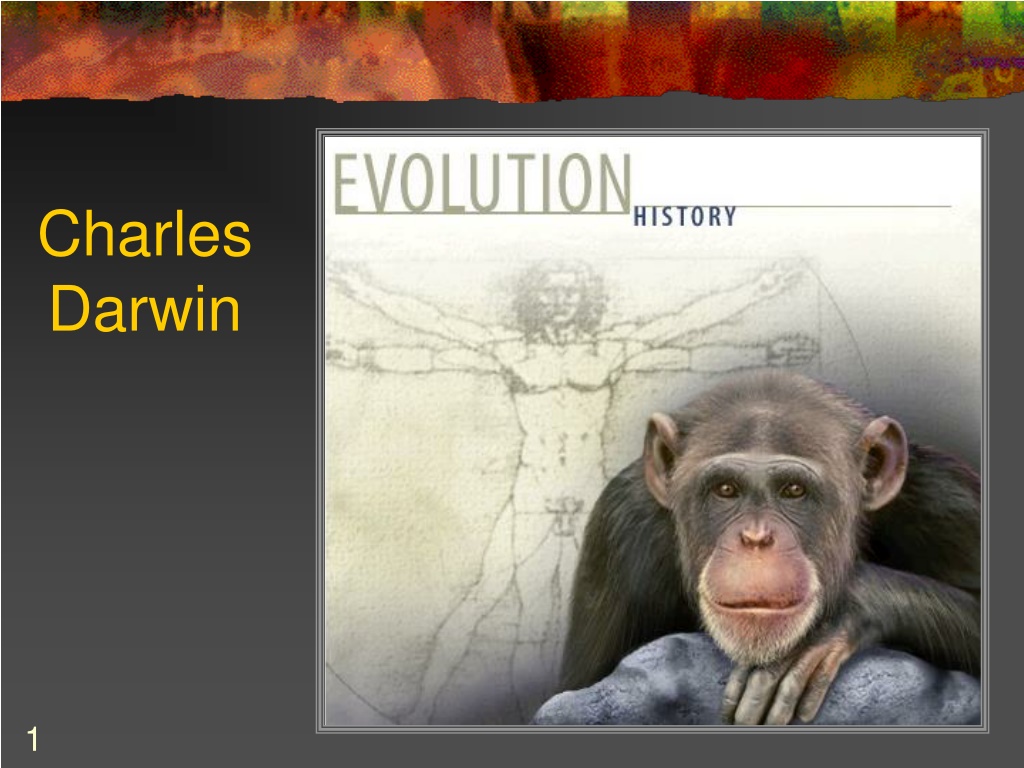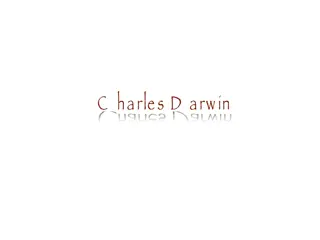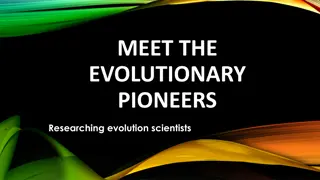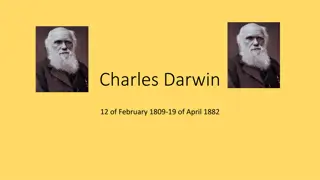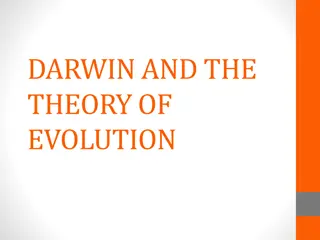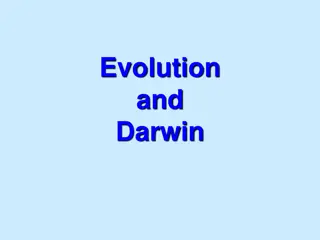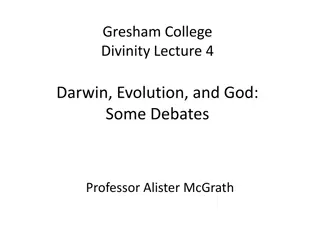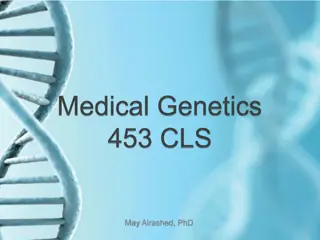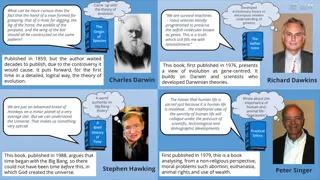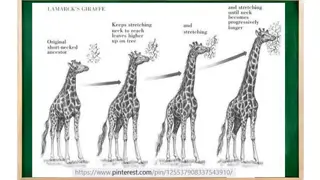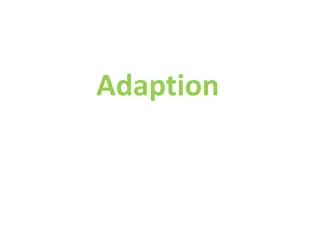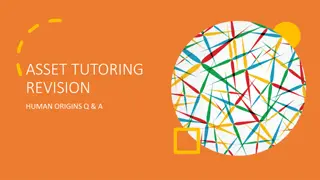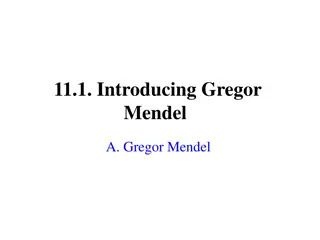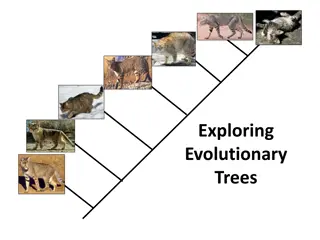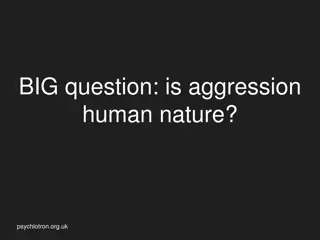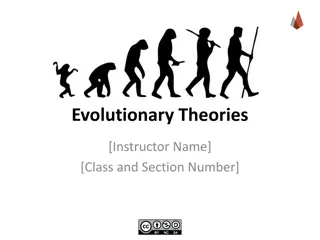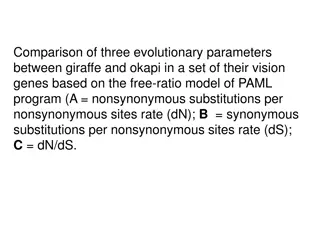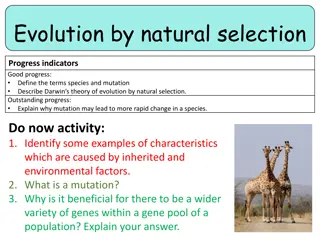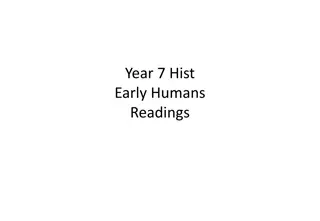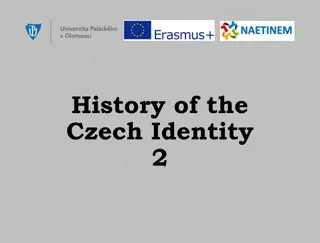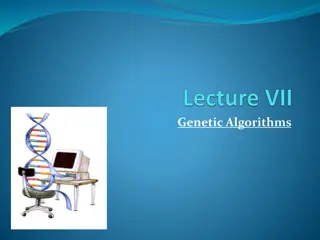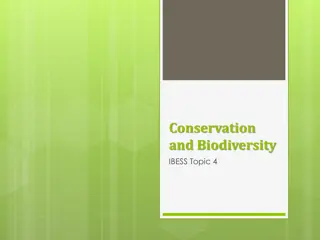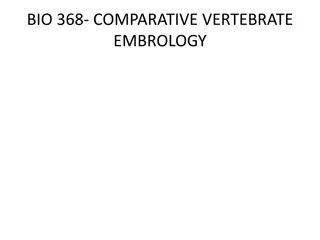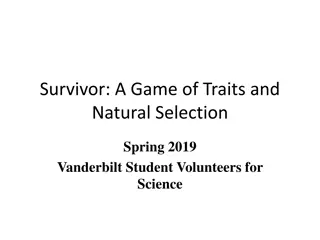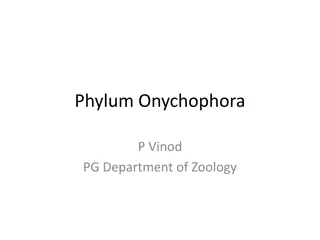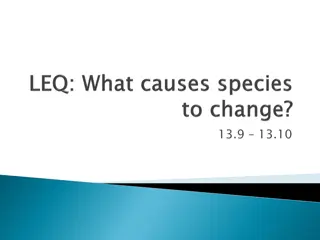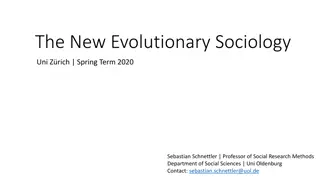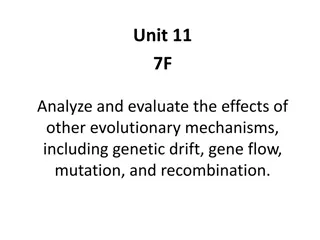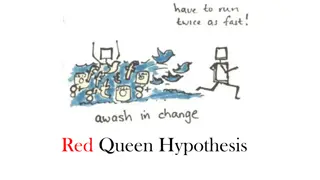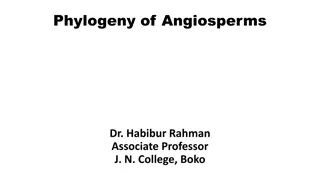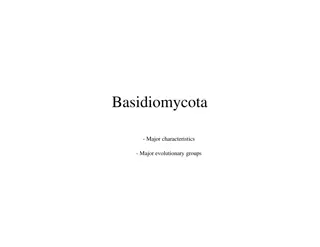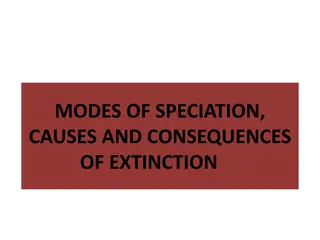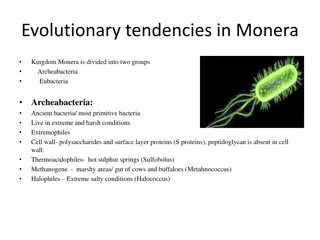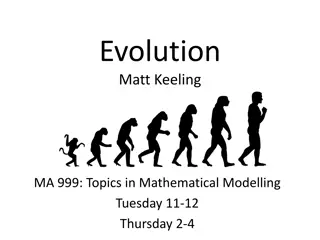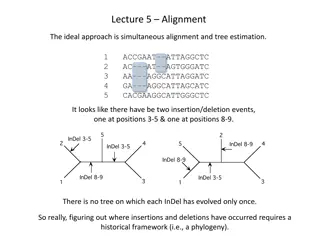Exploring the Evolutionary Journey of Charles Darwin
Discover the groundbreaking contributions of Charles Darwin to the theory of evolution through his voyage on the HMS Beagle, observations on the Galapagos Islands, study of finches and tortoises, and formulation of the theory of natural selection. His work revolutionized scientific understanding of species diversity and adaptation.
Download Presentation

Please find below an Image/Link to download the presentation.
The content on the website is provided AS IS for your information and personal use only. It may not be sold, licensed, or shared on other websites without obtaining consent from the author. Download presentation by click this link. If you encounter any issues during the download, it is possible that the publisher has removed the file from their server.
E N D
Presentation Transcript
Charles Darwin 1
Charles Darwin 1809 - 1882 Most influential contributor to thoughts about evolution The Origin of Species 1859 Presented evidence for changes in species through Natural Selection 2
Darwins Voyage 1831 - at age 22 5 year round-the-world voyage H.M.S. Beagle Ship s naturalist At beginning of trip Believed species were immutable As ship s naturalist, he collected and examined the species that inhabited the regions the ship visited Many collections Fossils,coral,plants, animals 4
Galapagos Islands Volcanic islands - 3.5 mya Isolated, west of Ecuador All inhabitants are descended from species that arrived on islands from elsewhere EQUATOR Galapagos Islands 8
Darwins Finches 13 species of finches Share many morphological features Differ in several ways Beak size Beak shape Food eaten Evolved from a single species He attempted to correlate variations in their traits with environmental challenges 9
Galapagos Tortoises WET ISLANDS Short neck Domed shell Long neck Flared shell DRY ISLANDS 10
Galapagos Iguanas Marine Iguana Algae eater Land Iguana Terrestrial vegetation 11
Theory of Natural Selection Alfred Russel Wallace Charles Darwin 12
Darwins Theory A population can change over time when individuals differ in one or more heritable traits that are responsible for differences in the ability to survive and reproduce. 13
Alfred Russel Wallace 1823-1913 Naturalist who arrived at the same conclusions Darwin did Wrote to Darwin describing his views Prompted Darwin to finally present his ideas in a formal paper Both presented papers Linnean Society of London July 1, 1858 14
On the Origin of Species Basic draft finished in 1842 Kept in drawer for 16 years Other research Coral reefs Barnacles Joint presentation of ideas at Linnean Society Final draft published - 1859 Immediate sensation 15
Darwin & Wallace Proposed Two Theories 1. The living organisms we see today are all related by descent (common ancestry) 2. The means by which evolution occurs is a process of 'natural selection.' organisms differ from one another i.e., there is variation these differences are heritable, i.e. passed from generation to generation many more organisms are born than survive and reproduce (mortality) therefore, any variation that makes one offspring more successful than another will have a greater chance of being passed to the next generation ("survival of the fittest") 16
DARWINS OBSERVATIONS and DEDUCTIONS DARWIN S OBSERVATIONS and DEDUCTIONS 23
REVIEW OF DARWINS POINTS 1-2 Individuals of a species vary in form, function, and behavior Much of the variation is heritable Can be transmitted from parents to offspring Some forms of heritable traits are adaptive to the prevailing environmental conditions They improve an individuals chance of surviving and reproducing 25
REVIEW OF DARWINS POINTS 3-4 Natural selection is the outcome of differences in the survival and reproduction of individuals that show variation in one or more traits Natural selection leads to a better fit with prevailing environmental conditions. Adaptive forms of traits tend to become more common and other forms less so The population changes its characteristics IT EVOLVES 26
NATURAL SELECTION Those individuals that possess superior physical, behavioral, or other attributes are more likely to survive than those that are not so well endowed Selection Artificial Natural Survival of the fittest 27
Natural Selection A difference in the survival and reproductive success of different phenotypes Acts directly on phenotypes and indirectly on genotypes Change over Time Over time, the alleles that produce the most successful phenotypes will increase in the population Less successful alleles will become less common Change leads to increased fitness Increased adaptation to environment 28
Natural Selection-Put Another way Individuals vary in some heritable traits Some forms of heritable traits are more adaptive A trait that gives the individual an advantage in survival or reproduction, under a given set of circumstances Natural selection is differences in survival and reproduction among individuals that vary in their traits Adaptive forms of traits become more common than other forms 29
THE EVOLUTIONARY VIEW Life s diversity is the sum total of variations in traits that have accumulated in different lines of descent generation after generation, as by natural selection or other processes of change 30
